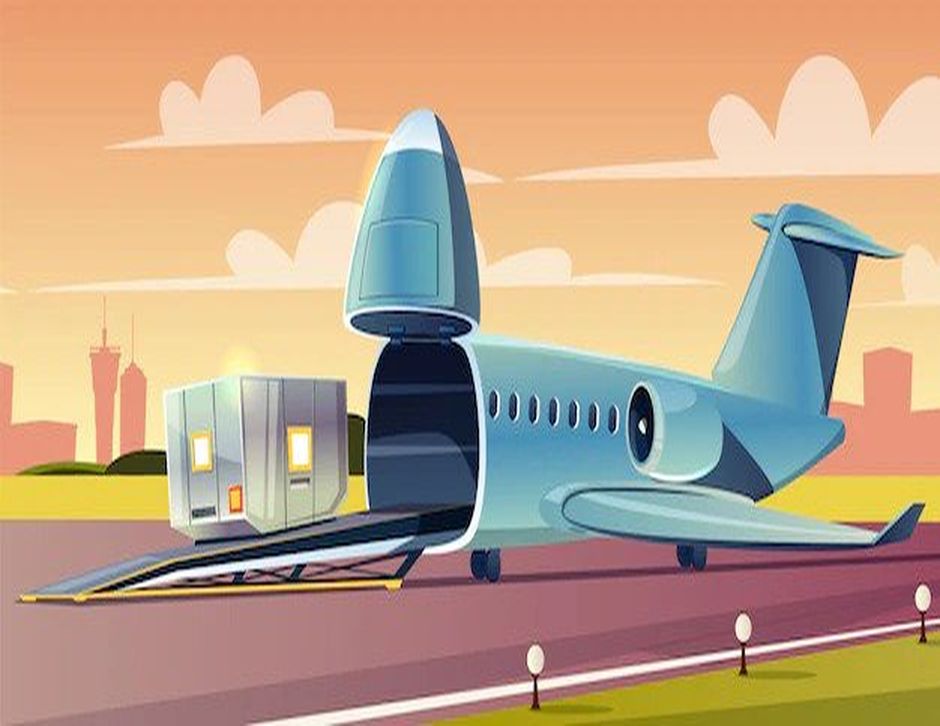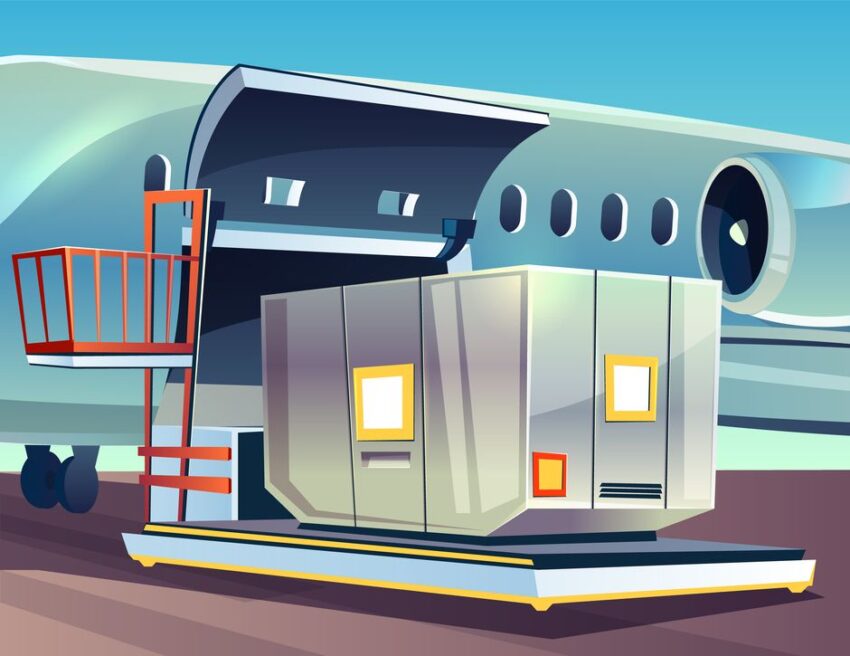The pandemic dealt a heavy blow to the passenger side of the aviation industry, but the same is not true for the air freight industry. The air cargo business boomed during the pandemic with skyrocketing demand for goods and the expanding e-commerce sector. More importantly, the pandemic has accelerated the process of digitization in the air freight sector with the large-scale adoption of many emerging trends including supply chain digitization, and end-to-end visibility by increased data sharing. The IATA has also taken several initiatives to address the challenges of the air cargo sector and usher in an era of digital transformation.
Read on this post to find out how digitization is helping to drive the air cargo industry forward.

The need to digitize the air freight industry
AI, automation, and Big Data are some of the phrases that have made it into the vocabulary of the air cargo sector as technology continues the overthrow the old ways of doing business. Some of the primary objectives of automation of the air freight industry are enhanced customer experience, online services, transparency of data, and a sustainable future for the air freight industry. To quote Willie Walsh, the Director-General of IATA, “Air cargo demand is not just recovering from the Covid-19 crisis, it is growing. With demand at 9% above pre-crisis levels, one of the main challenges for air cargo is finding sufficient capacity. This makes cargo yields a bright spot in an otherwise bleak industry situation.”
Moreover, air freight is one sector that is truly lacking in digitization endeavors. The lack of a digital mindset is preventing the stakeholders from collaborating efficiently. A large number of air freight forwarders and even the carriers still rely on manual processes which stands in the way of end-to-end visibility and transparency from the customers’ standpoint. When we talk about digitization of the air freight industry, we mean a transformation of the way in which the stakeholders operate and interact with each other to create a seamless journey for the digital customers. This seamless journey of the customers necessitates an uninterrupted flow of data and processes among all the touchpoints till the successful completion of the shipment.
These touchpoints include but are not limited to digital booking, digital invoicing, and constant status updates. Therefore, digitization in this sector implies the ability to meet client expectations of instant communication, transparency, speed, and streamlined processes. Additionally, air freight companies need to stop their reliance on manual data entry and make way for instant connectivity with the carriers, suppliers, and end customers.
Endeavours of the IATA in the digitization of the air freight industry
IATA seeks to promote the digitization of the air freight sector by addressing the ongoing challenges and by leading the sector with end-to-end supply chain collaboration with the creation of new technologies, international standards and streamlined operations. They are currently partnering with COTB (Cargo Operations and Technology Board) to upgrade the industry standards and foster modernization by exploring new technologies and their use in the air cargo supply chain.
One Record
This is an information sharing standard that generates a unified record view of the cargo. The One Record standard defines a common data model for all the info that is shared via a web API.
Cargo Connect
This platform aims at streamlining, upgrading, and standardizing the interactions with and between the Cargo Community Systems. It helps to advance digital collaborations and makes way for enhanced efficacy by promoting a stronger partnership between carriers, air freight forwarders, and distribution companies.
Interactive Cargo
The Interactive Cargo project seeks to provide the industry with responsive air freight services that hinge on self-monitoring systems, that can send updates in real-time, respond to any unexpected changes to meet clients’ expectations, and report on the journey of the shipment for making way for data-oriented enhancements.
FEDeRATED
This endeavour of IATA is co-funded by the European Commission and its objective is to create the basis for a credible and interoperable information-sharing infrastructure for the air freight industry. IATA is presently partnering with 15 companies located in Spain, Sweden, Finland, Italy, Luxembourg, and Netherlands on this project.
The eAWB
This is by far the most ambitious project of IATA that involves an industry-wide initiative including forwarders, shippers, customs authorities, custom brokers, and ground handlers. The purpose of this project is to create a digitized end-to-to shipping process without the involvement of paperwork. The details of eAWB are discussed in details below.
The adoption of e-AWB will be a significant step towards the digitization of air cargo services
The Electronic Airway Bill of the e-AWB is the digital equivalent of the paper AWB. Its purpose is to reduce inaccuracies, minimize paperwork and the dependence on manual labour and ensure enhanced communication.Simply put, it substitutes the paper version of all documents exchanged between the air freight forwarder and the carrier. These documents can include customs papers, commercial documents, transportation documents, or any other paperwork.
Implementing the e-AWB
To implement the e-AWB, the forwarder needs to join the Multilateral e-AWB Agreement (MeA). On signing this agreement, the air freight forwarders can execute e-AWBs with all other parties of this agreement. Furthermore, it allows the carriers and freight forwarding companies to lawfully enter into an electronic agreement. Henceforth, the freight forwarders will have a one-stop shop that will enable them to tender eAWB shipments to several airlines across all the major international airports. Air freight companies need to follow the given steps to join the agreement.
- Complete the IATA form with all the details about their company’s information.
- After getting the agreement they need to do their online e-signature. They can also sign in the PDF format and send the signed contract to IATA.
- Once IATA signs the MeA, they will receive the copy. That’s all it takes to become a member who can collaborate with other members.
The final step of e-AWB implementation consists of corroborating the willingness of both the shipper and the carrier. Before anything else, the air freight forwarder has to activate the agreement with their airline partner. Their partner airline will provide them with an Activation Notice that allows for e-AWB processes between both parties. This notice comes with the locations of the airports and the effective shipment dates. Air freight companies along with their partner airlines can commence the e-AWB exchanges after signing this Activation Notice.
Advantages of e-AWB
E-AWB eliminates all the redundant data entry of paper-based processes. It also does away with the need for manual comparison of system data or AWB data, or manual filing and storage of documents. Additionally, it lowers waiting times and allows all the parties to access the information in real-time and move the cargoes as per the schedule. It also cuts down the time spent on the process of document creation and delivery by up to 24 hours. Most importantly, it allows forwarders to improve customer service by simplifying the process of document generation and handling. It also enhances the visibility of the shipping process and allows customers to be updated with their shipment status at all times.


